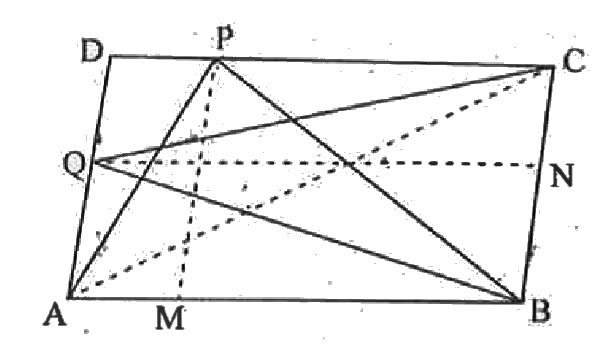Answer
Step by step text solution for P and Q are any two points lying on the sides DC and AD respectively of a parallelogram ABCD. Show that ar (APB) = ar (BQC). by MATHS experts to help you in doubts & scoring excellent marks in Class 9 exams.
|
Topper's Solved these Questions
AREAS
NCERT KANNAD|Exercise EXERCISE 11.3|4 VideosView PlaylistAREAS
NCERT KANNAD|Exercise THINK, DISCUSS AND WRITE|3 VideosView PlaylistCIRCLES
NCERT KANNAD|Exercise EXERCISE 12.5|3 VideosView Playlist
Similar Questions
Explore conceptually related problems
